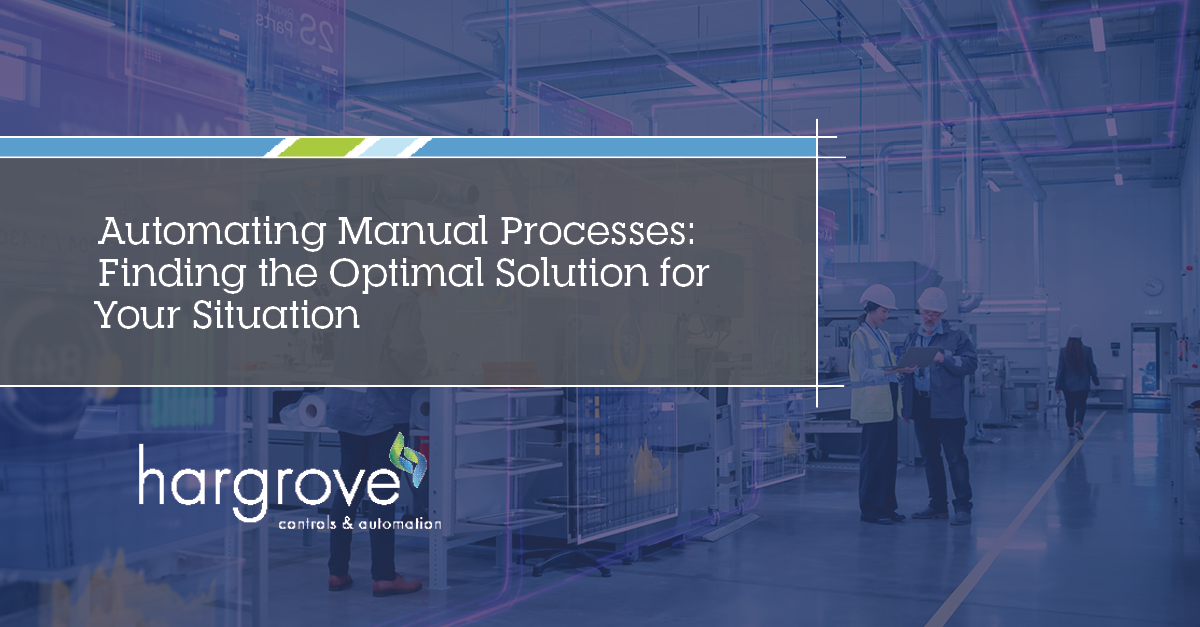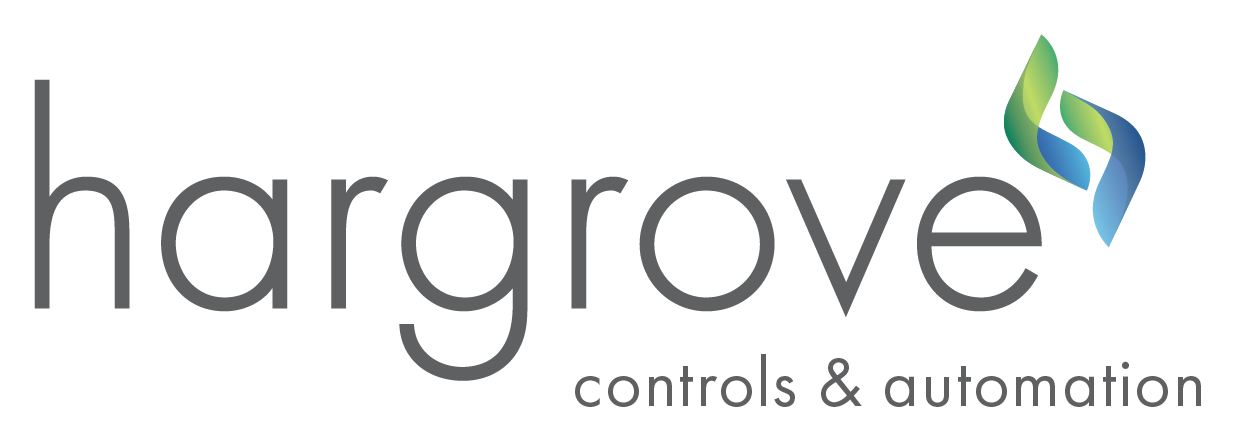Automating Manual Processes: Finding the Optimal Solution for Your Situation

Determining which manual processes to automate is important for overall safety, quality, and return on investment (ROI) at your facility.
For example, a lumber manufacturing facility may require personnel to feed boards into a machine to be processed. Other personnel are tasked with removing these boards from the machine, stacking them, and transporting them for further processing. How would automating the process affect safety at your facility? How would that affect your reduction of human error versus your ROI?
Regardless of the industry, there may be opportunities at your facility that would benefit from automating your manual processes. Here’s what you need to know.
Challenges of Automating Processes
Time
Setting aside time to investigate alternative solutions and research historical trends may be difficult. However, understanding the possibilities and how solutions affect your cost and ROI could save your facility money and resources. Oftentimes, there are more ways than one to solve a problem and having efficient time to do so will make all the difference in complexity, cost, productivity, and safety.
Personnel
As technology advances, what was considered unfeasible in the past has the potential to be achieved now. Don’t let complacency keep you in the comfort zone. To stay up to date, it’s important to have experienced personnel who can see the bigger picture, understand best practices, and have time to investigate solutions.
Experienced personnel should be able to properly forecast and justify any changes. For example, if you automate a process, will quality improve? If this expertise isn’t present at your site, bringing in outside eyes to review your processes can provide fresh perspectives.
Budget
Some processes may be easier to automate than others, but the true challenge comes from funding and receiving a good ROI. If your facility’s ROI is not high enough, automation will be more challenging. If you determine your solution must be under $200,000 to achieve the desired ROI and the vision system to monitor for defects is $100,000, that’s half of your allotted budget, but you would still automate the rest of the system.
Hybrid models are typically the proposed solution, as they have the ability to make projects less expensive with higher ROIs. It is also important to take cost of quality, safety, maintenance, and operational expenditures (OPEX) into consideration.
Best Practices for Automating
There are two ways to approach automation processes. The first, single process approach looks at one task in an operation such as feeding a board through a machine. The second, system-level approach looks at the entire process from start to finish. For example, lifting a piece of lumber, chopping it up, and then forming it for shipment Is considered a system-level approach.
Understanding the entire process can help you to plan ahead. By studying and evaluating highly-flexible, low-production products or less-flexible, high-production products, you may be able to form a streamlined approach during facility startup.
When streamlining the approach, you can assess the overall architecture system. Are you able to take three manual process facilities and condense them down to one?
Automation Checklist
When evaluating the automation of your processes, here are a series of questions to ask.
Conduct a Flowchart of your Processes
Do we understand the beginning-to-end process flow? What is the order of operations? Knowing the upstream and downstream of your processes helps determine whether making a change in an upstream process, could make another task downstream easier.
Conduct a Time Study
How much time does it take to complete a task? How much time does each individual task add up for a single process? How about the entire time from start to finish?
Review Complexity of Products
Are you making your product once per day or is it running 24 hours, seven days a week? How do you manage the flexibility of the product? Do you have a lot of changeovers or are some products able to run continuously with no required assistance?
Know Your ROI
What ROI is needed? How does that affect the budget for your project? What is the cost of maintenance? What is the cost of OPEX, safety and quality? Can you justify those costs?
Asses Your Standardized Component List
Do you only want certain drive types or a specific programmable logic controller (PLC) vendor? This can lead to higher costs without comparable added value. Allowing for different vendors can reduce costs without increasing complexity. This should be evaluated against the cost of maintaining the inventory of your spare parts; however, sometimes lower cost component options are easy to learn and can be a direct replacement for higher cost components. This is where a vendor agnostic System Integrator can help integrate different platforms together seamlessly.
The Cost of Safety
Oftentimes, after removing a hands-on process, safety improves at a facility. For instance, if an ergonomic study finds that personnel can only do a specific task for an allotted amount of time per day before chronic conditions develop over time, automation eliminates this risk to personnel’s long-term health. This not only keeps personnel safe but increases production.
On the other hand, once you automate a process, you now have machines with moving components capable of injuring personnel. Therefore, it is advised to conduct a safety risk assessment for any type of new design and to implement proper safeguards. Automating processes should result in as safe or safer conditions for your personnel which will drive down the cost of safety.
Seeing the Big Picture
As technology continues to advance and new solutions become possible, it’s important to consider what processes could be automated in your facility. If you don’t have the personnel or time to review your processes, bring in experienced professionals who can help you see the bigger picture.
Hargrove’s industry specialists can make suggestions on savings to increase your ROI while maintaining and improving quality and safety at your site. For more information on our capabilities, contact us today.

